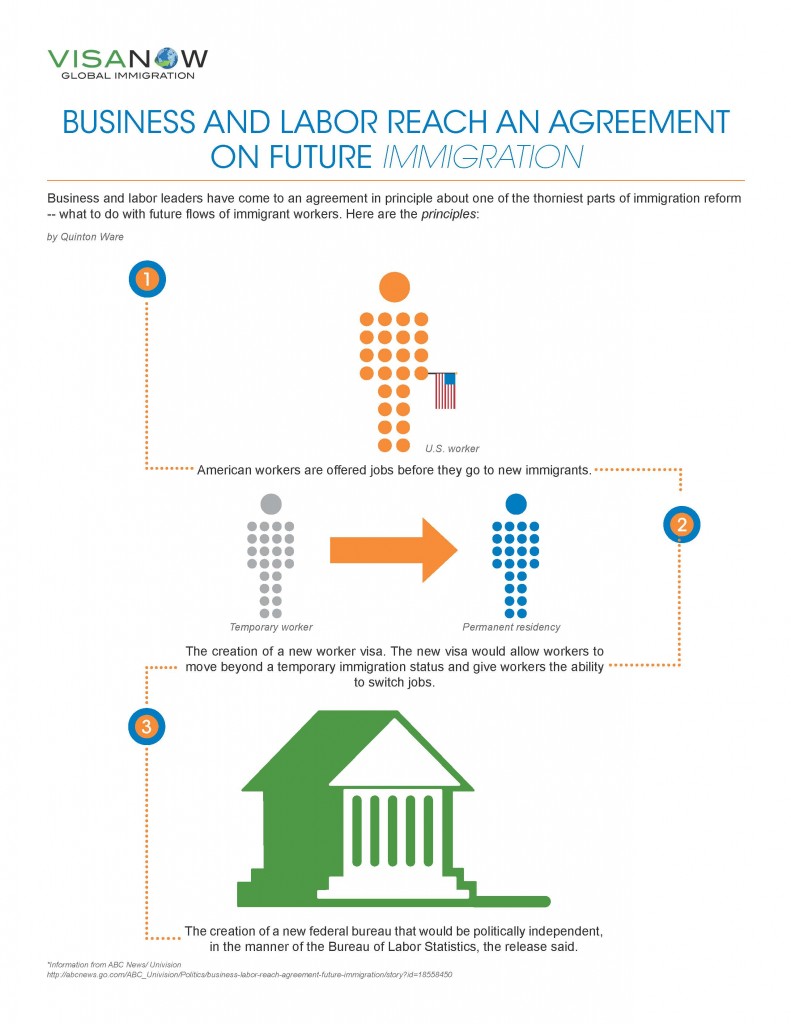The H-1B Cap for 2013
by Caroline Tang, VISANOW’s Senior Manager of Legal Services
The USCIS will begin accepting new H-1B petitions to be counted against the annual H-1B quota (or “H-1B cap) for Fiscal Year 2014 on Monday, April 1, 2013, for employment with a start date of October 1, 2013, or later.
Employers who are hiring foreign national employees who have not previously held H-1B status should be prepared to send out these H-1B petitions on Friday, March 29, 2013, so that USCIS receives these petitions on April 1.
For employers
Right now, employers should be identifying current and future employees who will need H-1B status to be legally employed. Typically, these individuals include employees currently working as F-1 students (with post-completion Optional Practical Training work authorization, or OPT), J-1 trainees, individuals seeking to change from another work authorized status (such as L-1, TN, or E-3), and individuals outside of the United States seeking to enter the country in October or later.
Each fiscal year, the USCIS makes a total of 85,000 new H-1Bs available “ 20,000 reserved specifically for individuals with Master’s or higher degrees from U.S. universities, and 65,000 under the “regular cap available to individuals with Bachelor’s or higher degrees.
Reaching the H-1B cap
Over the last three years, the cap has been reached on progressively earlier dates: January 27, 2011 (for FY 2011), November 23, 2011 (for FY 2012), and June 11, 2012 (for FY 2013). While we cannot predict exact demand for H-1Bs for FY 2014, we anticipate that this year’s cap may fill up immediately in April 2013. We strongly urge employers to open H-1B cases as soon as possible to allow sufficient time for case preparation, including the time required to file and receive Department of Labor certification for the Labor Condition Application (LCA) prior to submitting the entire H-1B petition to the USCIS.
If you have questions about filing your H-1B cases, contact us or connect with us on Facebook and Twitter.





